Tribes that we will meet along the trip
Handa They are artisans and farmers. Currently, only older women wear the traditional white bead necklaces.
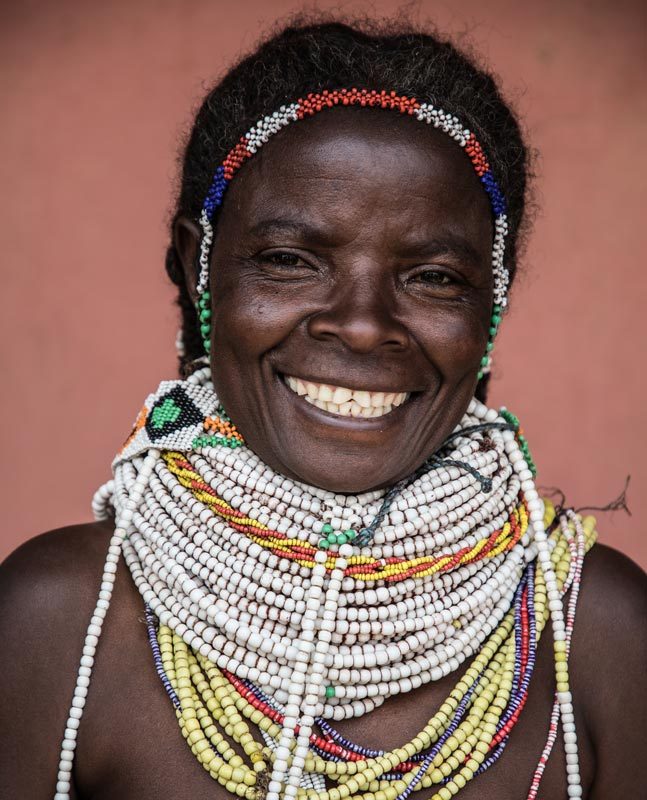

Plain Muila and Mountain Muila
After introducing ourselves to the soba (traditional chief) we will visit the the Plain Muila village. The women of this ethnic group are the ones who decorate themselves the most with colored necklaces and complex hairstyles. We will also meet the Mountain Muila, who are more traditional than those of the plains.
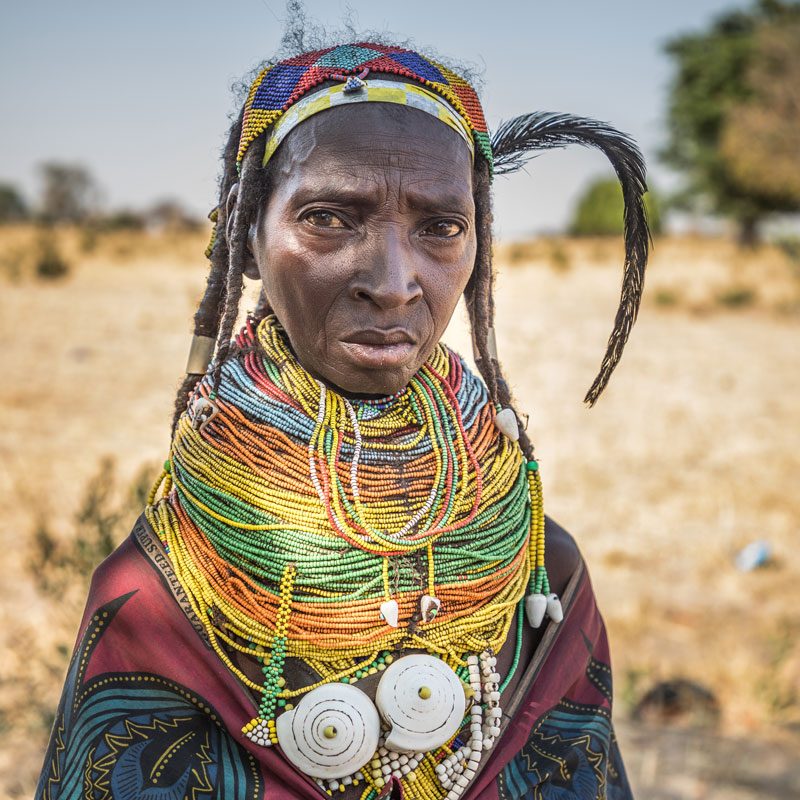
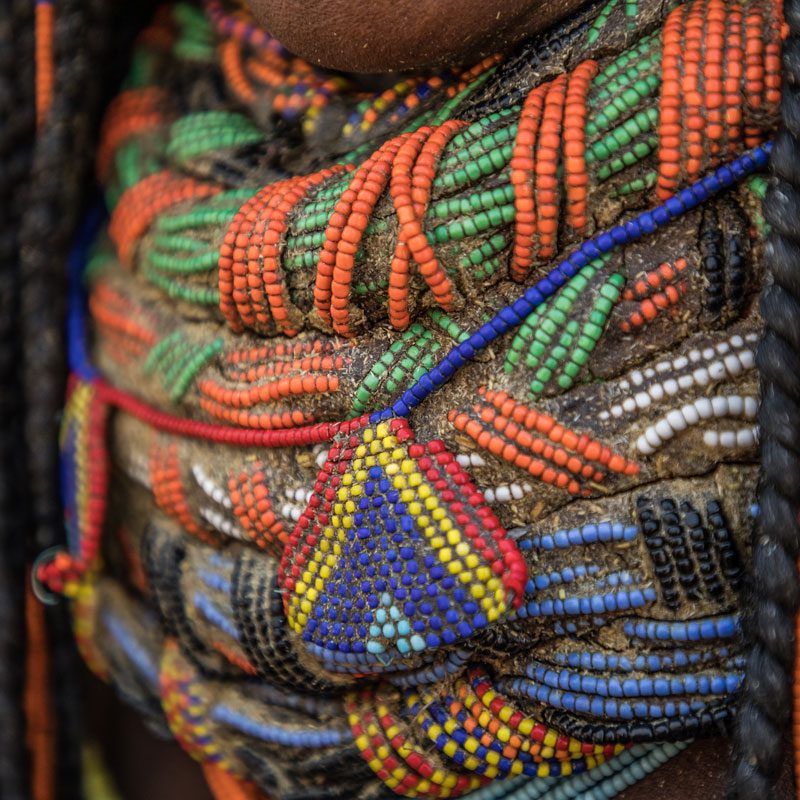
Gambue
The Gambue have similar customs to their Muila and Handa neighbors. One of them is the use, by women, of bead and clay necklaces. They also have complex hairstyles, which indicate the marital status of each woman.
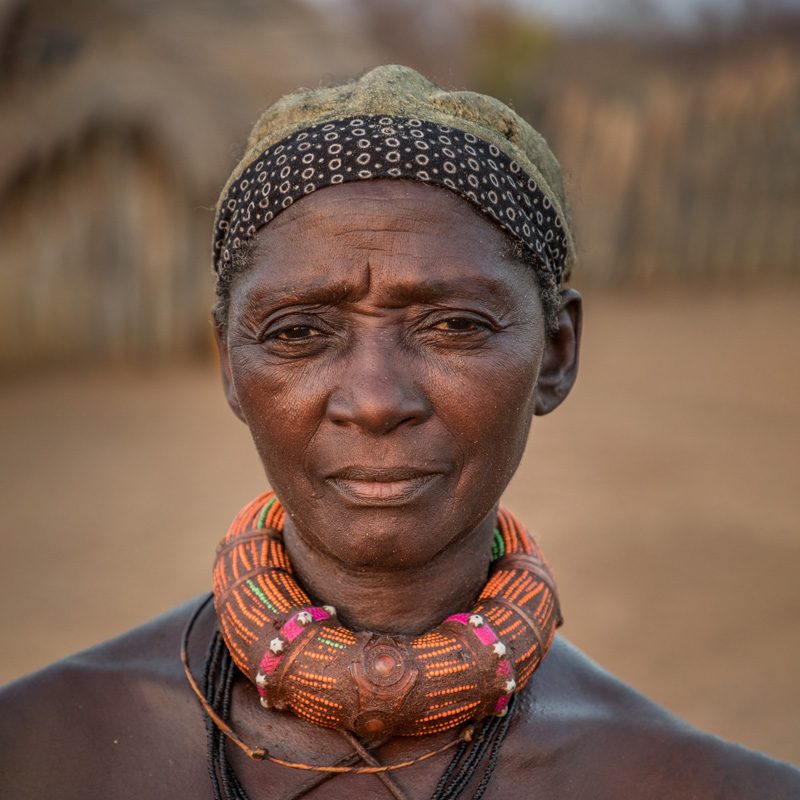
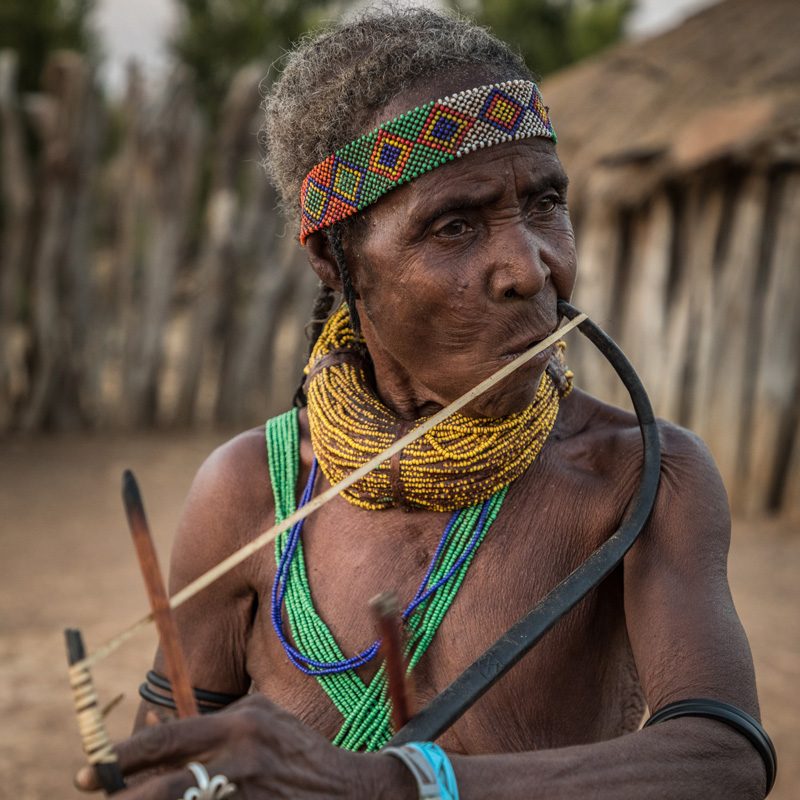
San
The San are distinguished by their fair complexion and Mongoloid features. Because of their semi-nomadic way of life, the San have preserved a unique language, based on clicks, and much of their ancestral customs.
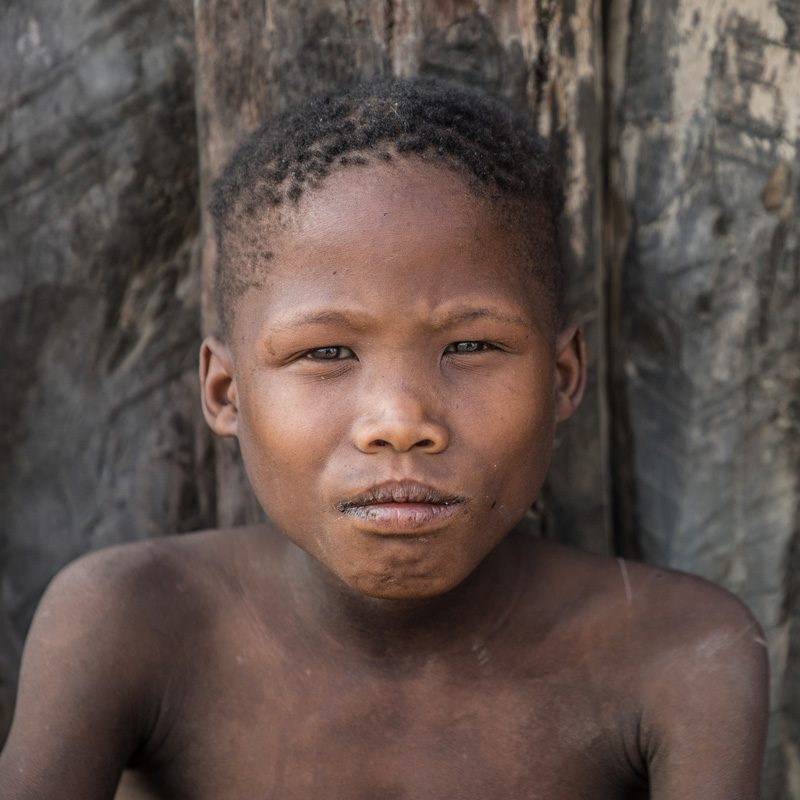
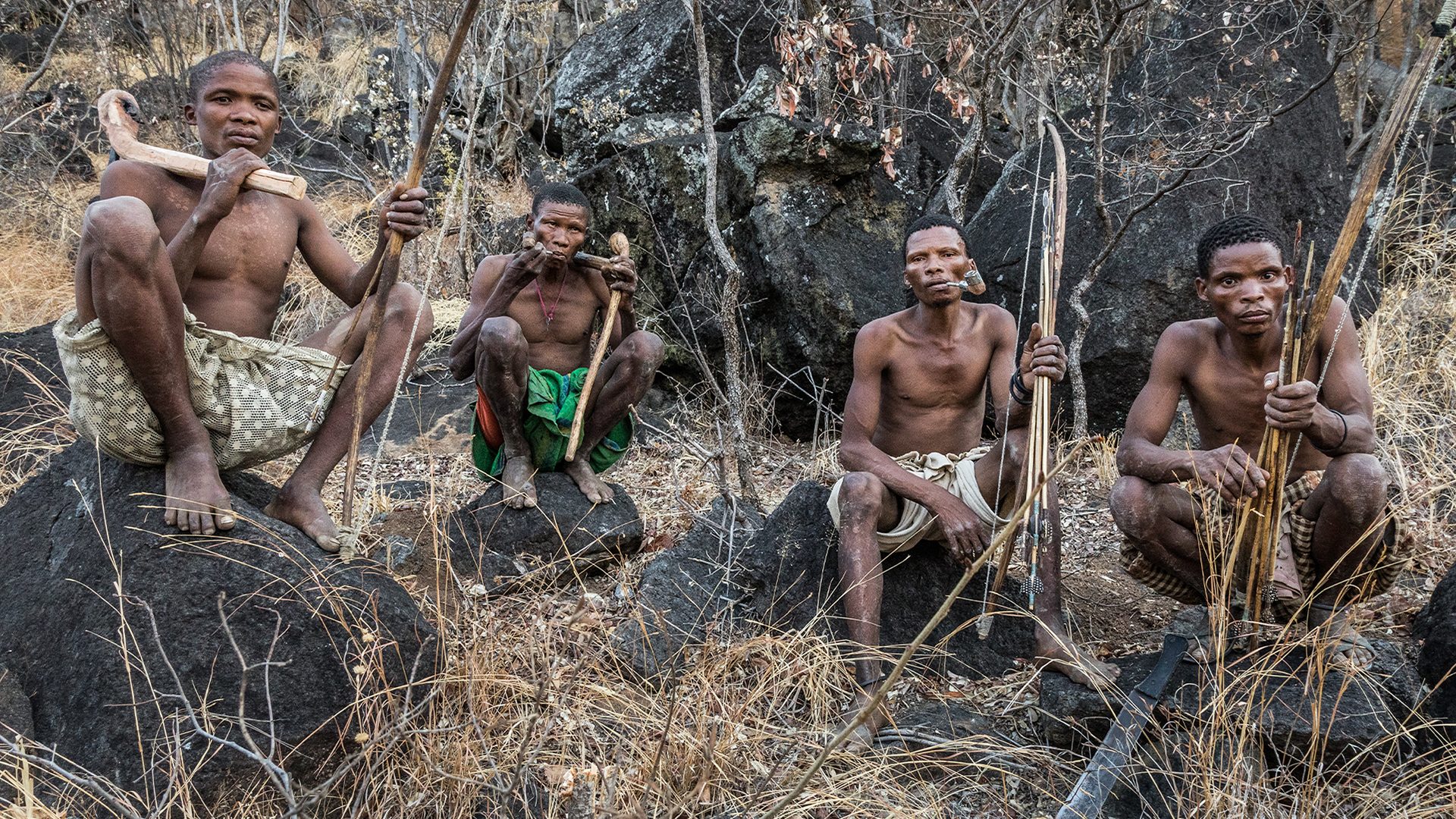
Dimba
The Dimba are a cattle-raising society that inhabits the savannah around Cahama. The women keep the typical hairstyles that have an air of Melanesian headdresses. We will spend some time with them to learn aspects of their daily life. We will have the opportunity to learn about their music, since they are famous for being great lovers of religious songs and dances.
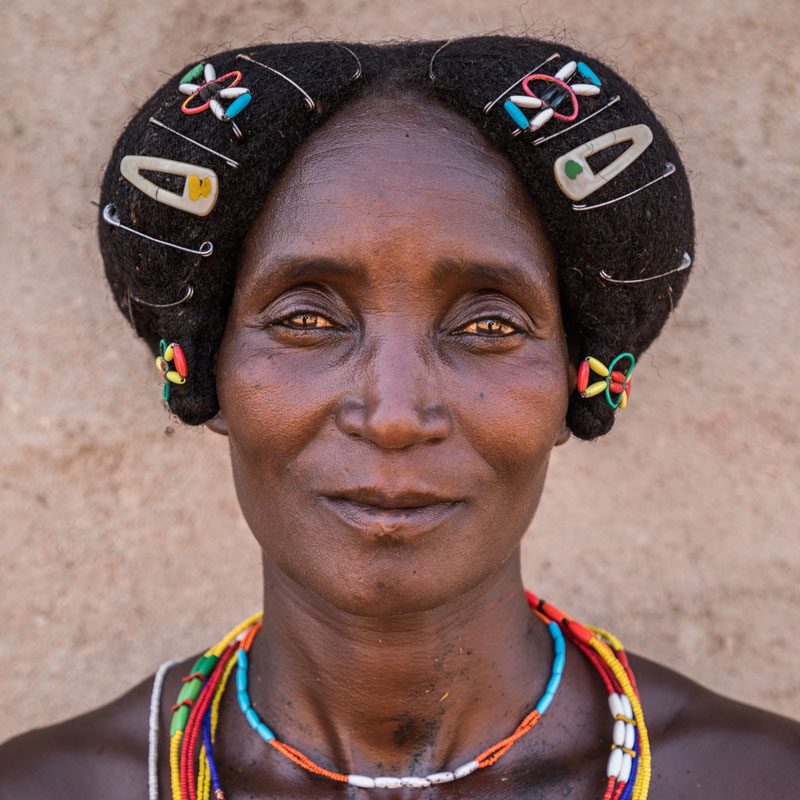
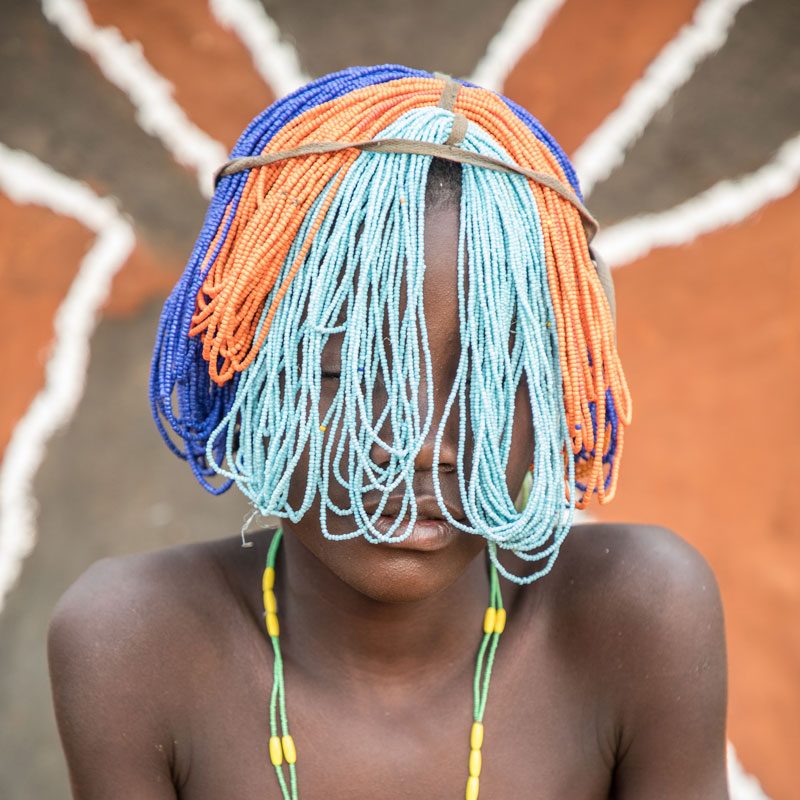
Tua
They are an ancient people. They dress in a similar way to the dominant tribe in the region: the Himba. They speak a Herero dialect and their economy is based on hunting and gathering. Some men are great metalsmiths, making arrowheads, hoes, and bracelets for neighboring tribes.
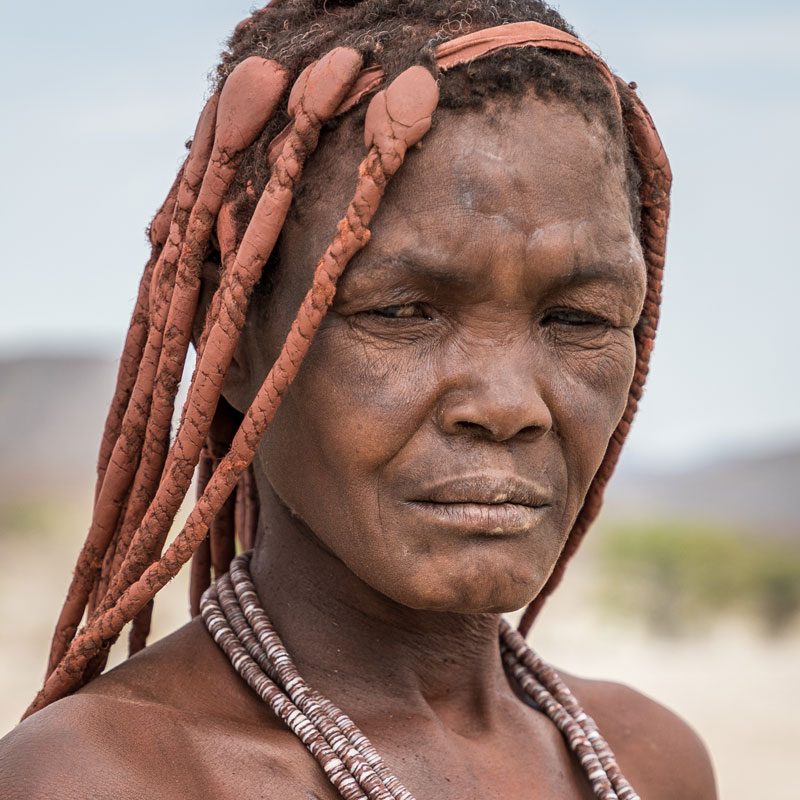
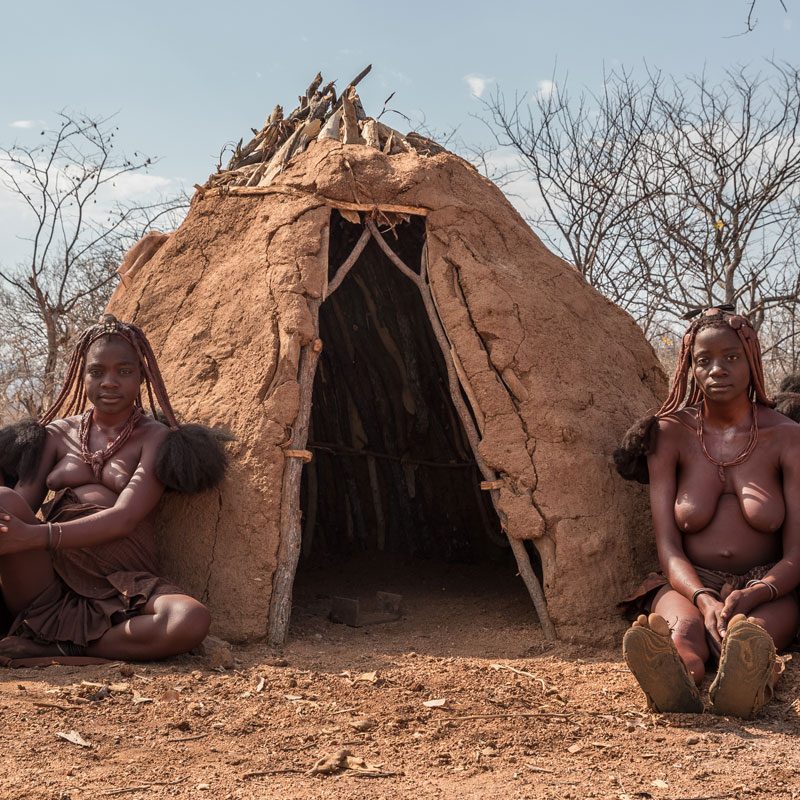
Hakaona
They are mainly goat herders, their heads of cattle being a marker of social status. They tend to take charge of the herds of the Himba as a sign of social submission. The Hakaona men are renowned traditional doctors and the women are valued as excellent craftswoman. The women wear a striking headdress and they usually removed some of the lower teeths.
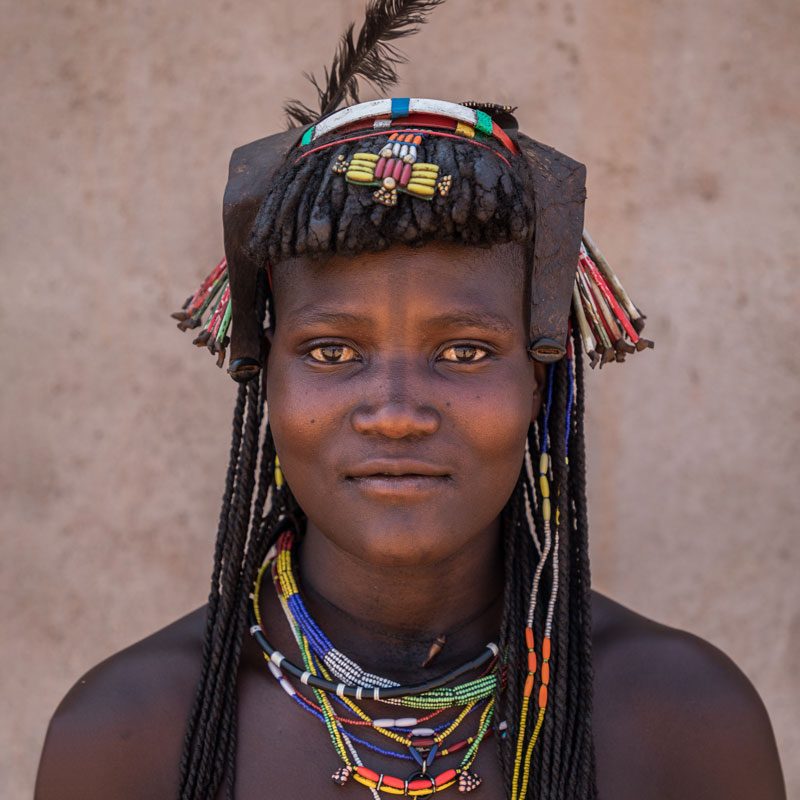
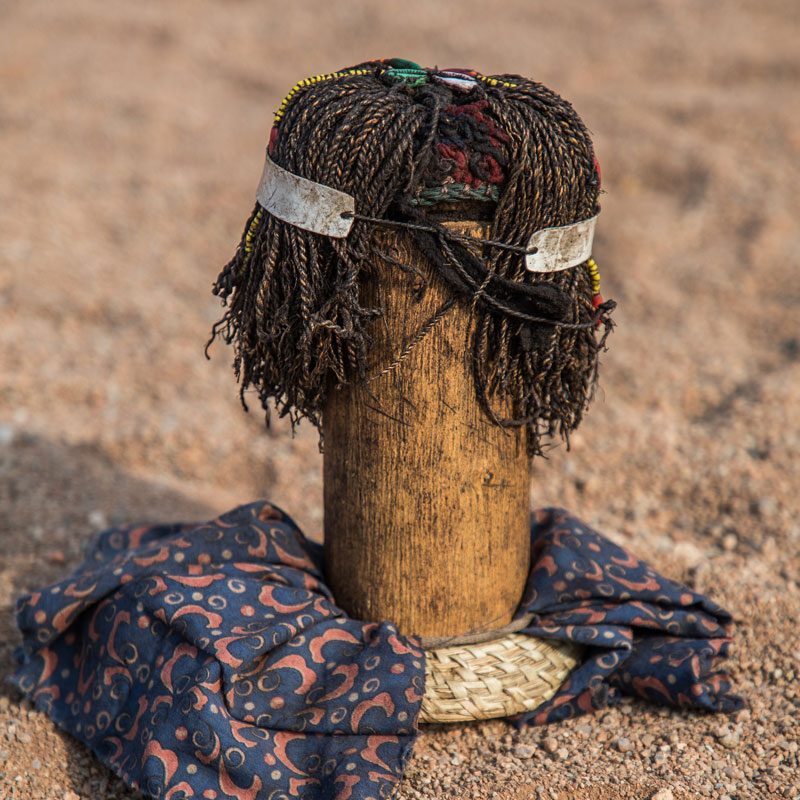
Himba
The Himba are a semi-nomadic ethnic group native to southern Angola and northern Namibia. They are the representatives of the highest rank in the society of the region, because of having the largest number of heads of cattle. They has a strong identity of themselves that is reflected in the large number of ornaments, hairstyles and on its epidermal coating based on ocher, butter and herbs.

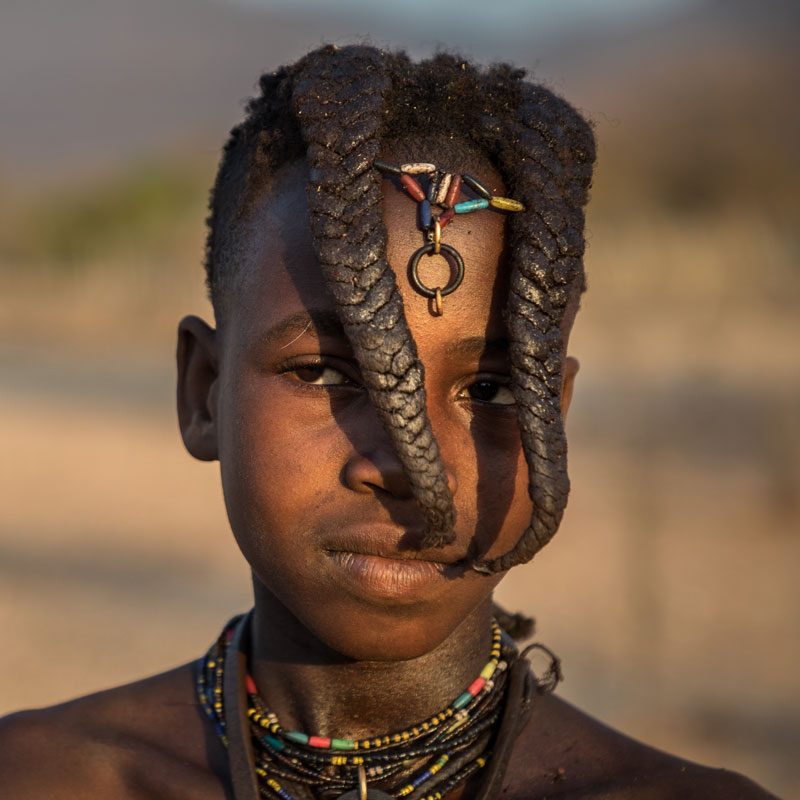
Cuepe
They are the smallest tribal group in Angola. They are reputed medicine men and this activity gives them the necessary income to survive in the Curoca Desert region.
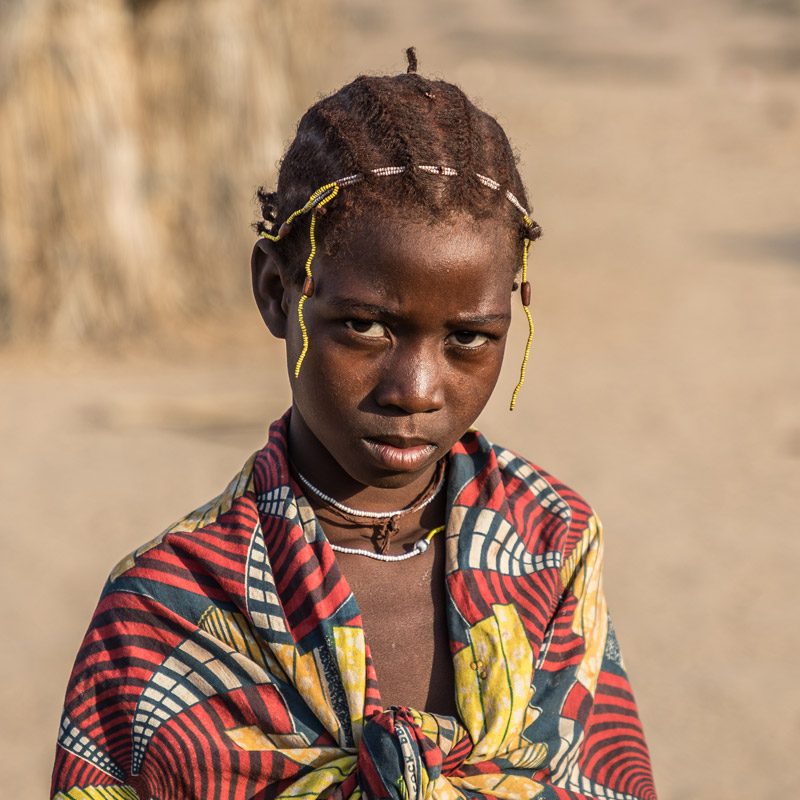
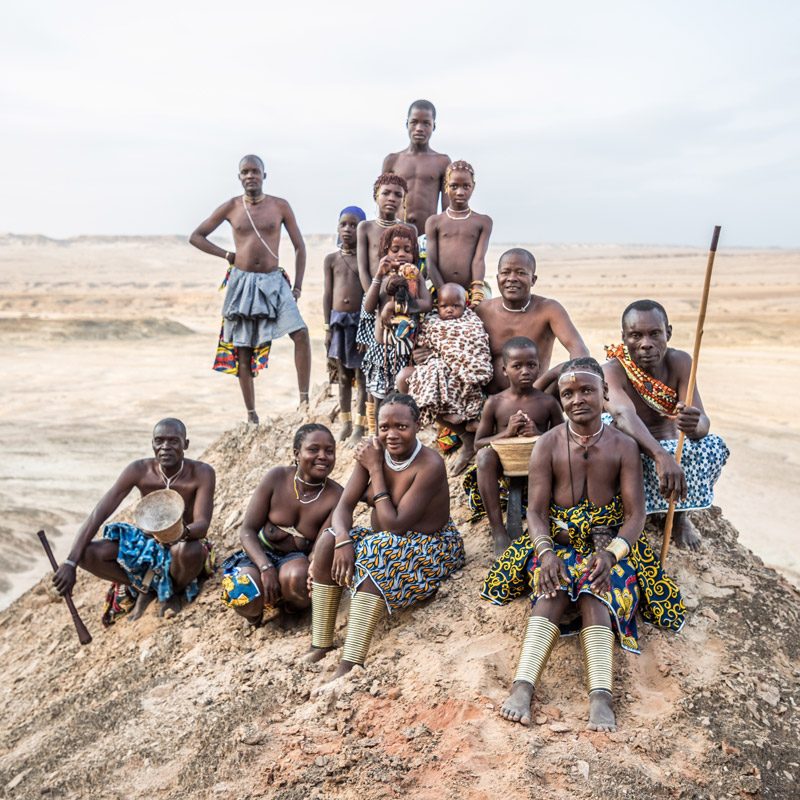
Cubal
They are a semi-nomadic group, whose economy is based on livestock and agriculture It was the last ethnic group to succumb to the Portuguese in colonial time. Cubal women wear an original and unique headdress, called ‘ompota’ and they also use belts to tighten their breasts, as a bra, called ‘oyonduthi’.

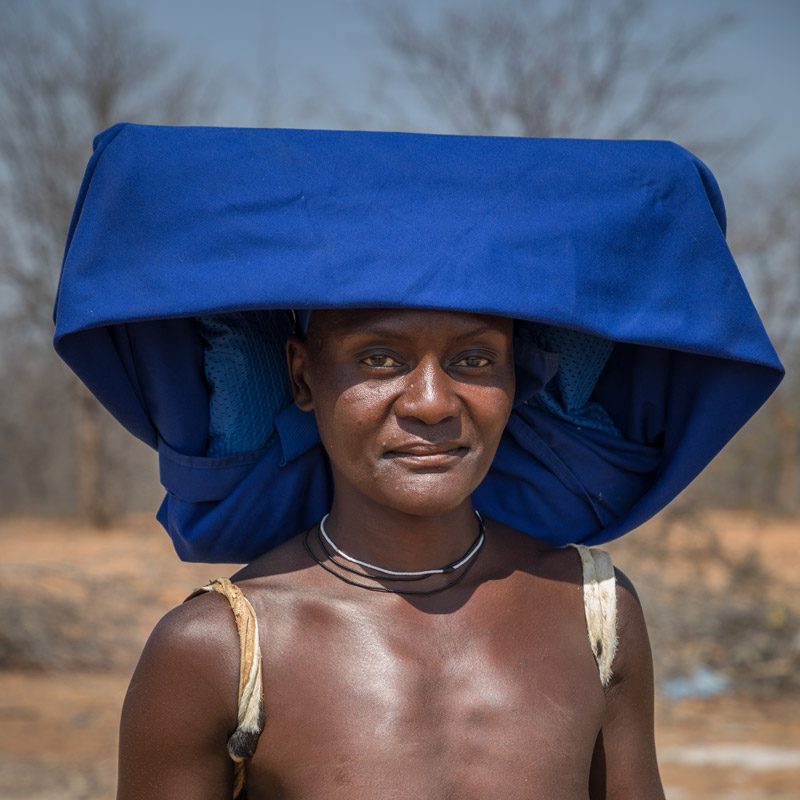
Ngendelengo
They are semi-nomadic subsistence herders, hunters and farmers. Their ecosystem has lately allowed them to create a small business based on the sale of coal. The machetes are an essential part of their clothing, which is complemented with large crests as a hairstyle for unmarried youths and multiple bows for women.

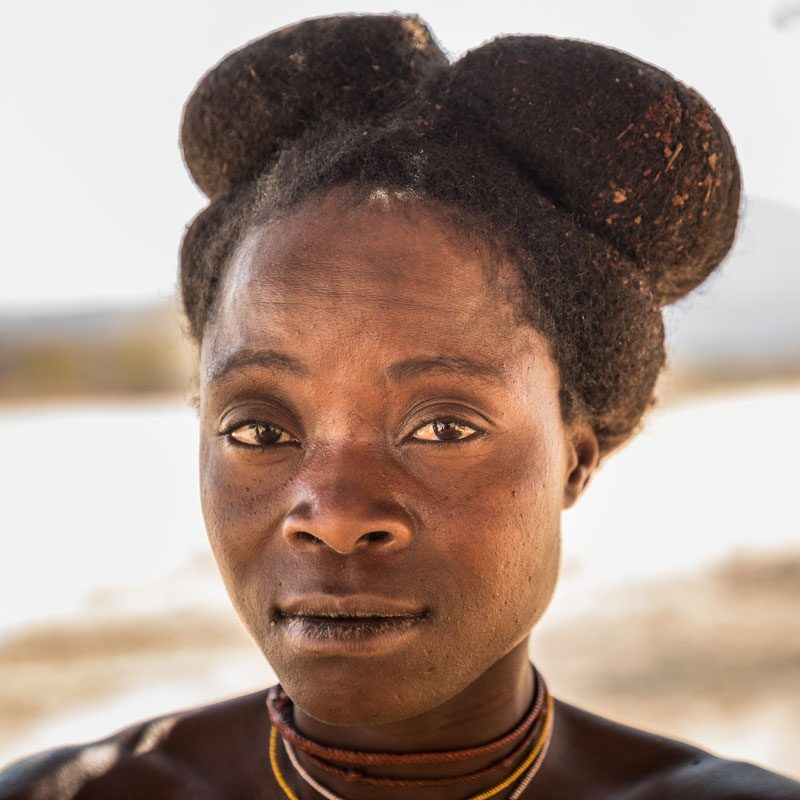
© Photos by Aníbal Bueno
Do you want to know the detailed itinerary of this ethno-photographic trip to Angola?
This trip to Angola is specially designed for lovers of cultural diversity and human contact. Click on the button below to easily reach the itinerary download form.

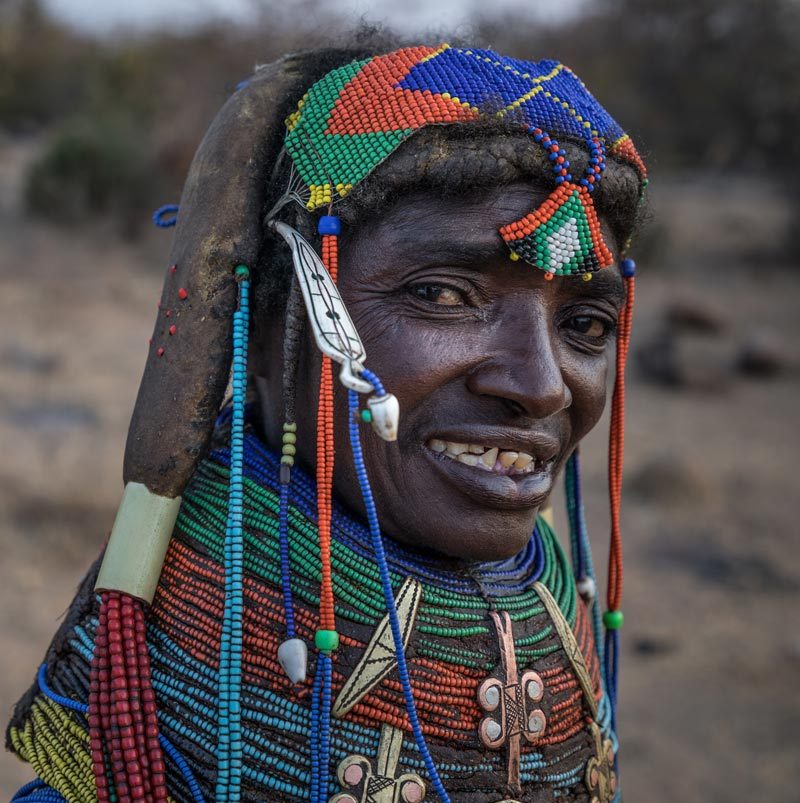
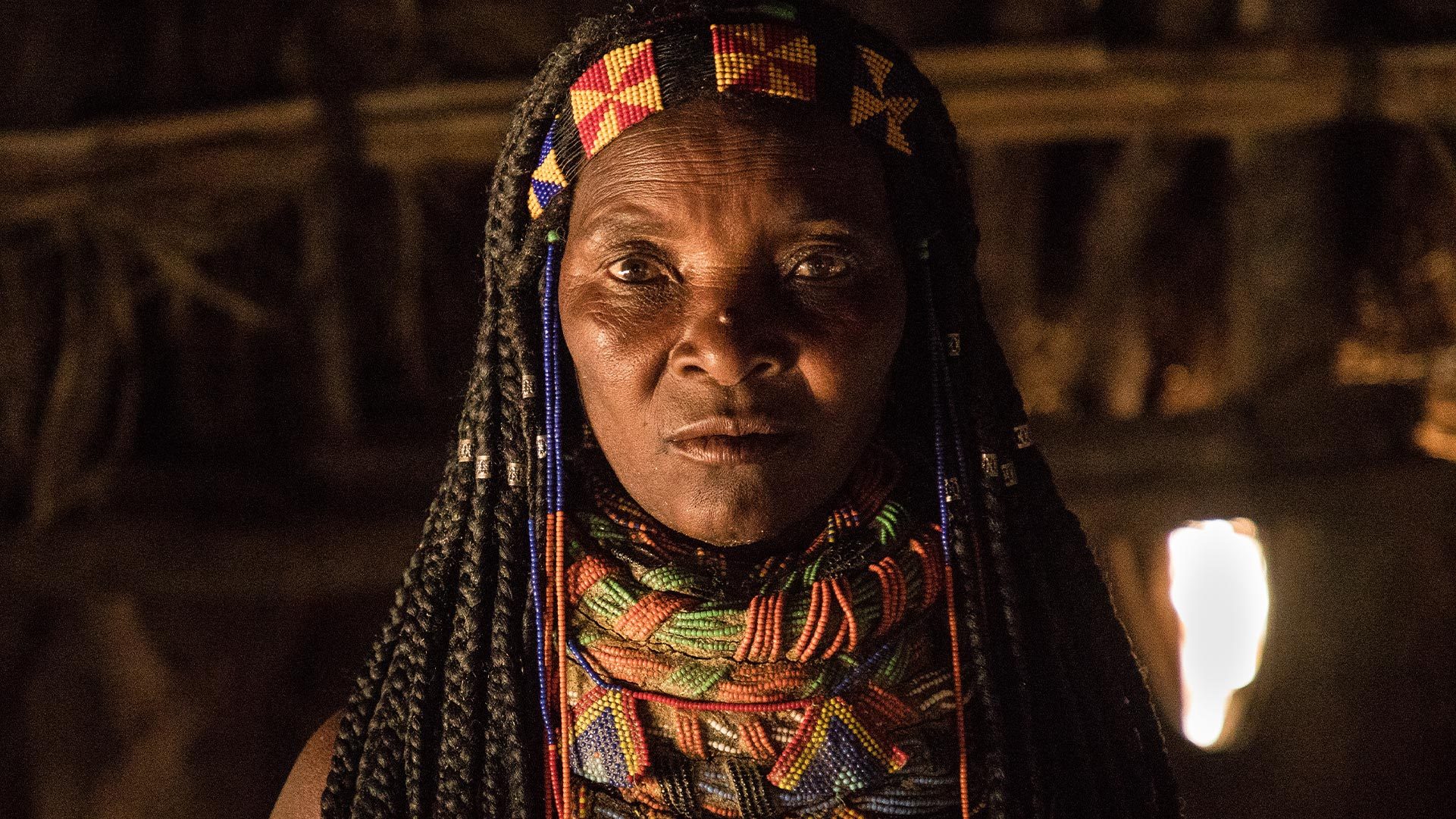
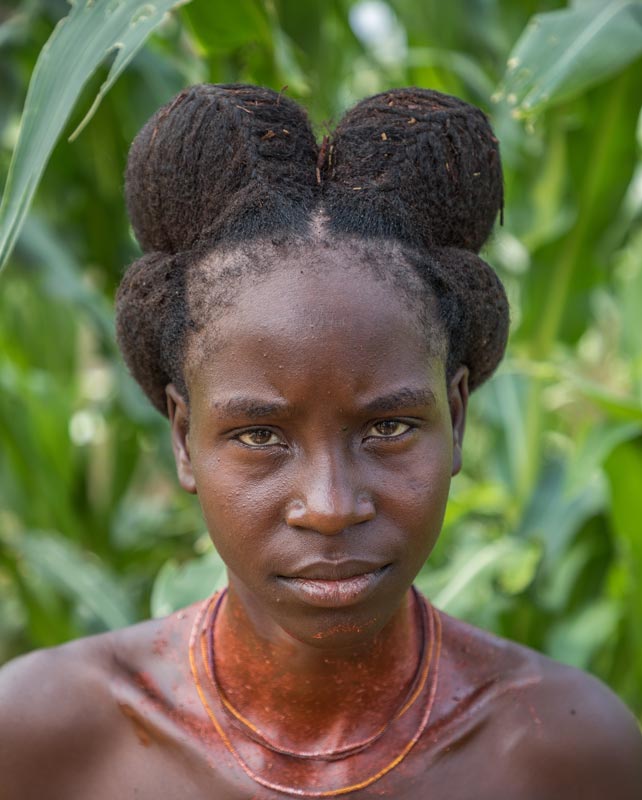
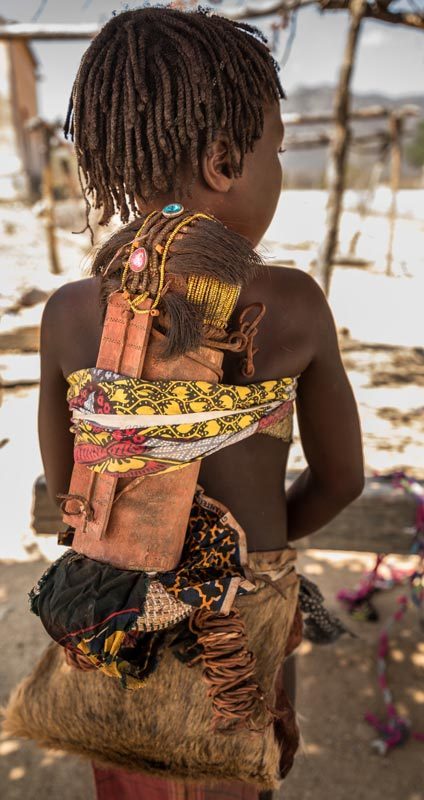
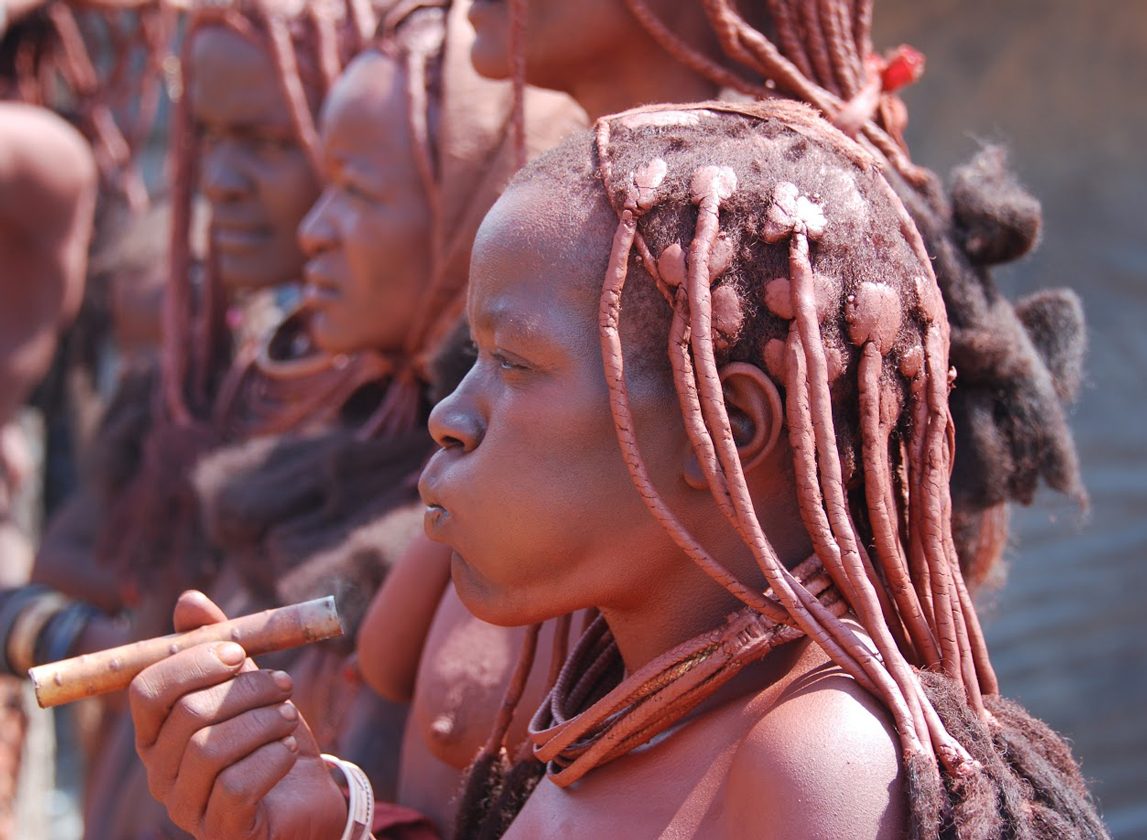

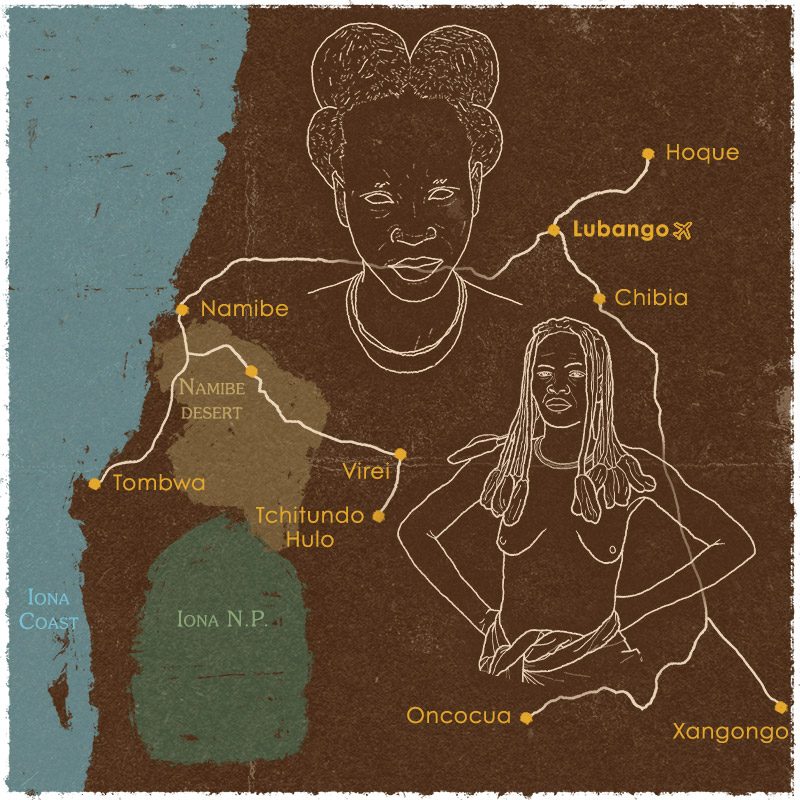
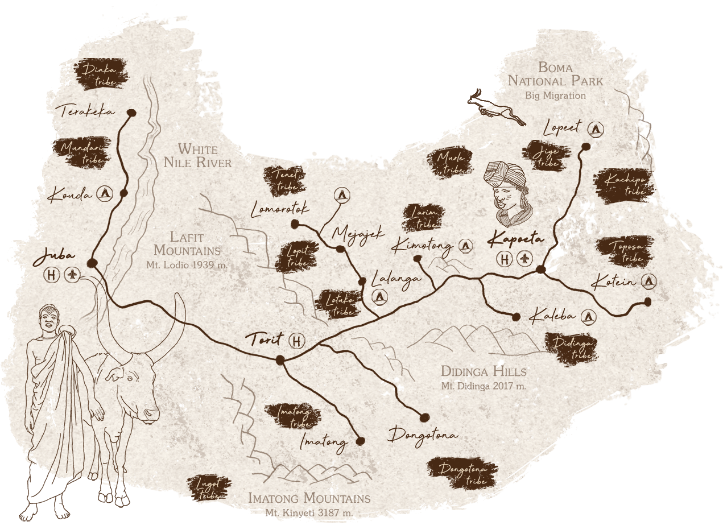

 ES
ES